When you’re setting up your baby’s nursery, one of the first questions you’ll likely have is, “How much weight does a crib hold?” As a new parent myself, I remember wondering if the crib would really last through all of my baby’s growth stages. It’s not just about choosing the right design, but also understanding the weight limits to ensure your baby’s safety. In this article, I’ll share what I’ve learned from my own experiences and help you navigate everything from crib weight limits to pack n plays and convertible cribs. Stick with me as I break down what you need to know to choose the right crib for your growing baby!
Understanding Crib Weight Limits
Why Knowing the Weight Limit of a Crib is Important
When buying a crib, you might focus on looks or features, but the weight limit matters most. Why? It keeps your baby safe. If the crib can’t hold your baby’s weight, it might break. I didn’t know this at first, but once I learned, it made sense. You want a crib that lasts as your baby grows. Knowing the weight limit helps you pick a sturdy crib. It keeps your baby safe and comfy.
Short answer: Crib weight limits are key for safety. They make sure the crib holds your baby as they grow.
How Much Weight Does a Standard Crib Hold?
How much weight can a crib hold? Most standard cribs hold 50 to 70 lbs. But some cribs are stronger than others. A crib made of wood usually holds more weight than one made of plastic. I didn’t know that at first. I thought all cribs were the same. But when I learned about materials, it helped me pick the right one. If you plan to use the crib for years or more than one child, choose a stronger crib.
Short answer: Cribs hold 50-70 lbs, with wooden cribs offering more weight support than plastic ones.
How Does the Crib’s Weight Limit Affect Your Baby’s Sleep?
A crib’s weight limit affects your baby’s sleep. If the crib is weak, it might shake. This can wake your baby up. A strong crib will stay still, helping your baby sleep soundly. I learned this the hard way. My first crib wasn’t as sturdy as I thought. It shook when my baby moved, making them wake up more. A solid crib gave me peace of mind and helped my baby sleep better.
Short answer: A crib’s weight limit affects its stability. A solid crib helps your baby sleep better.
Related Crib Furniture Weight Limits
Crib Weight Limit vs. Pack N Play Weight Limit
When choosing between a crib and a pack n play, one thing you’ll notice is the difference in weight limits. A standard crib can hold up to 70 lbs, while a pack n play usually holds around 30 lbs. I remember wondering whether to use a pack n play for a longer period, but after looking into the weight limits, I realized that a crib was the better choice for long-term use. While pack n plays are great for short trips or when space is tight, they’re not as sturdy for the growing weight of a toddler.
Short answer: Cribs generally hold more weight than pack n plays. A pack n play typically supports up to 30 lbs, which makes it better for shorter-term use.
Weight Limit of Bassinet Pack N Play
Pack n plays with bassinets have a lower weight limit, usually between 15 to 25 lbs. That’s because they’re designed for newborns, who are lighter. If you have a pack n play with a bassinet feature, it’s a great option for the first few months, but you’ll need to transition to a crib once your baby exceeds the weight limit. I used a bassinet in my pack n play, but once my baby hit the 20-pound mark, it was time to switch to a crib for better support and safety.
Short answer: Bassinet pack n plays typically support 15-25 lbs. Transition to a crib when your baby outgrows this limit for safety.
Convertible Crib and Mattress Weight Capacity
Convertible cribs are a fantastic investment. They grow with your child, changing from a crib to a toddler bed and even a full-size bed. But, when you convert the crib, the weight capacity can change too. For example, the weight capacity might decrease when you use it as a toddler bed or full-size bed, so it’s important to check those limits. I found that having a clear transition plan for when your baby moves from one stage to the next is key. The mattress also needs to support the weight changes, so always consider that when choosing a mattress for a convertible crib.
Short answer: Convertible cribs have different weight limits depending on their setup. Check both crib and mattress capacities when transitioning.
Factors to Consider When Choosing a Crib
Age and Size of Your Baby
When choosing a crib, the age and size of your baby should be top of mind. A newborn, for example, won’t weigh much, so you may not need to worry about the weight limit right away. But as your baby grows, they’ll get heavier, and you’ll want a crib that can handle that weight. I remember when my baby hit the 20-pound mark, and suddenly, the crib that felt sturdy before started to feel a little less secure. You’ll want to consider how long you plan to use the crib before transitioning to a toddler bed. Planning ahead can save you from having to buy a new one sooner than expected.
Short answer: Choose a crib based on your baby’s growth stage. Make sure it can support them as they get heavier.
Material of the Crib
The material of the crib also plays a big role in its weight capacity. Wooden cribs tend to be sturdier and have a higher weight limit, often supporting up to 70 lbs or more. Metal cribs are lightweight, but they may not be as durable for the long run. Plastic cribs might be affordable, but they generally don’t offer the same weight capacity as wood. I learned this when shopping for my first crib. I had to switch from a plastic one to a wooden one as my baby grew, because the plastic crib just couldn’t hold up anymore. The extra sturdiness of a wooden crib gave me peace of mind.
Short answer: Wood cribs generally support more weight than metal or plastic cribs. Choose based on your needs and baby’s growth.
The Five-in-One Crib: What to Know About Its Weight Capacity
A five-in-one crib is a great investment, but it’s important to know how the weight capacity changes as you convert it. These cribs transform from a regular crib to a toddler bed, daybed, and even a full-size bed. As you move through the different stages, the weight capacity may vary. For instance, a full-size bed conversion might not hold as much weight as the crib version. When I transitioned my crib to a toddler bed, I made sure to check the new weight limit to ensure it was still safe for my growing child. It’s also important to consider the mattress support during these transitions—sometimes you’ll need a different mattress to match the new setup.
Short answer: Five-in-one cribs change weight limits as you convert them. Always check capacity for each stage to ensure safety.
Conclusion
Choosing the right crib is about more than looks. It’s about safety and support for your baby. When you know the weight limits, you can pick a crib that will last. It will keep your baby safe and comfortable as they grow.
A solid crib helps you feel confident and at peace. It will hold up through the years and provide the right support. Whether you’re looking for a standard crib, pack n play, or convertible crib, make sure to check the weight limit and materials.
I hope this guide helps you make the best choice for your baby. Feel free to share your own thoughts or ask questions in the comments. I’d love to hear from you!
Frequently Asked Questions (FAQs)
Read More:
Tapo H200 vs H100: My Honest Smart Home Journey
Unbelievable Million Dollar Baby Crib for Luxury Nurseries
Amazing Crib Mattress Topper for Better Sleep
How to Choose a Crib Mattress: Key Features to Consider
5 Stylish Cribs for Small Spaces and Compact Nurseries
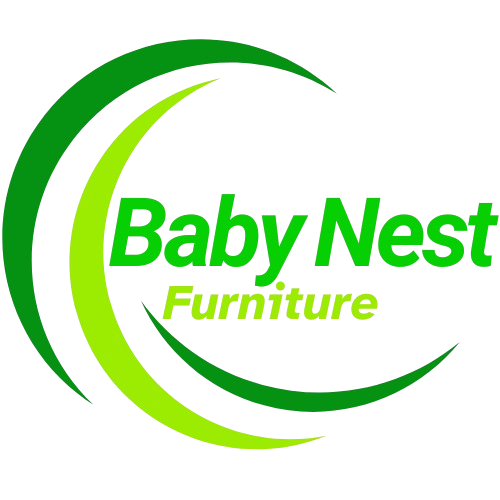
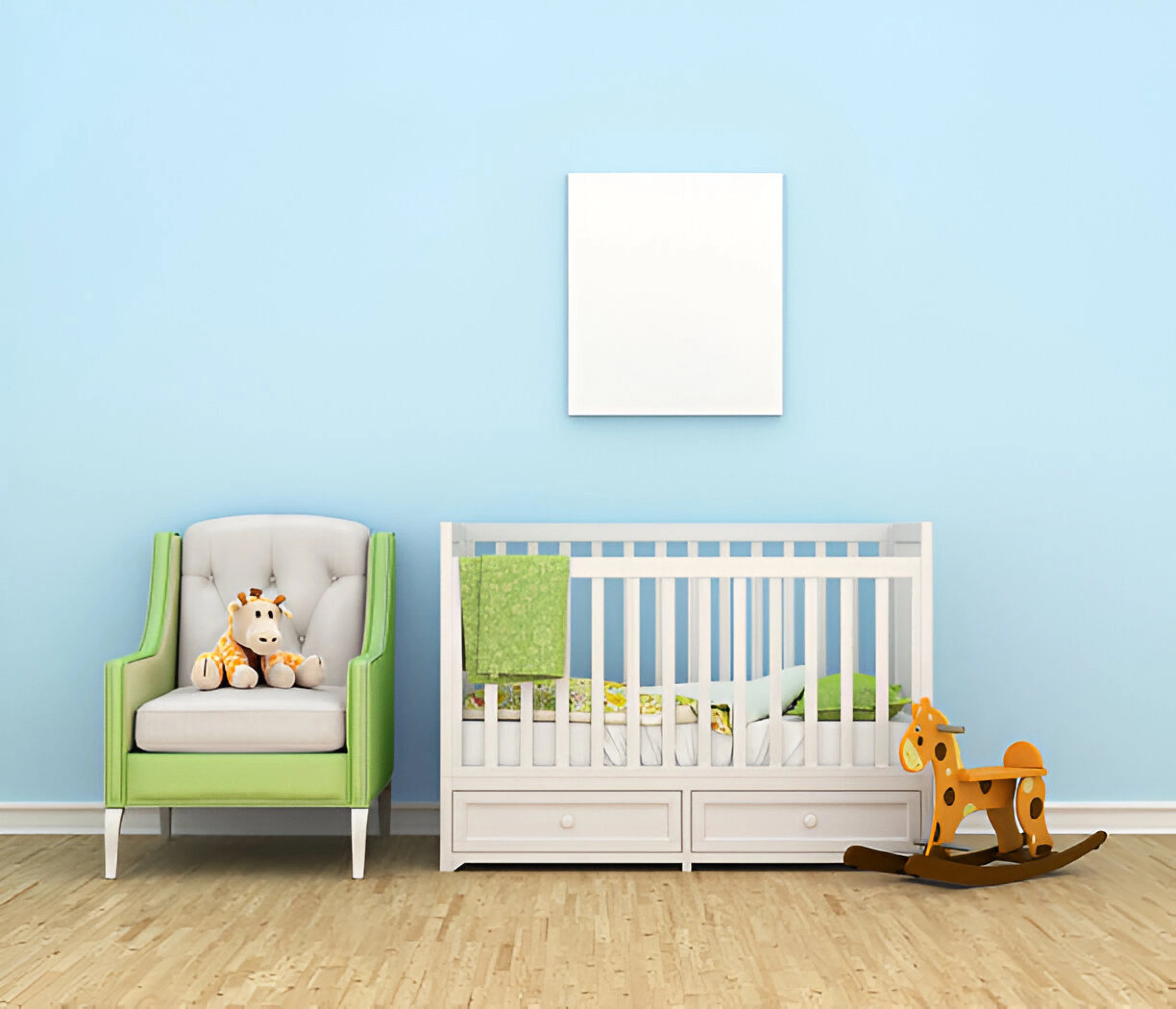
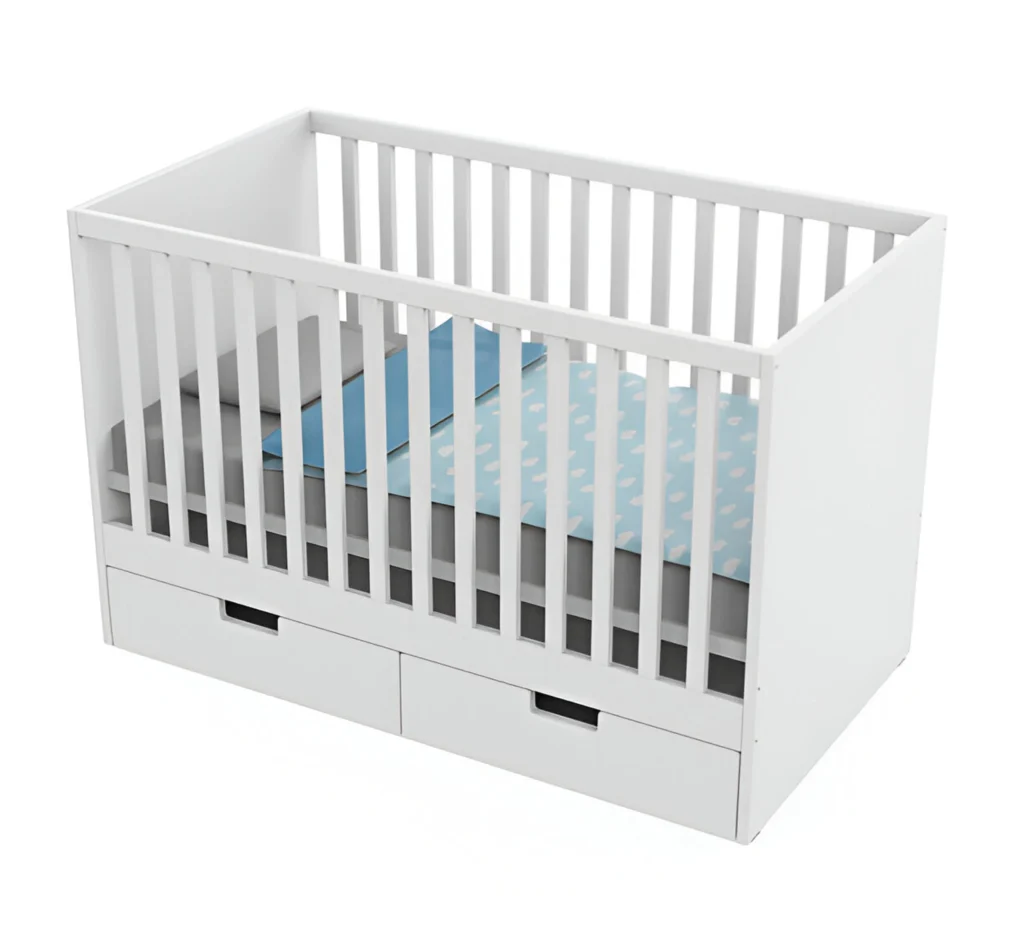


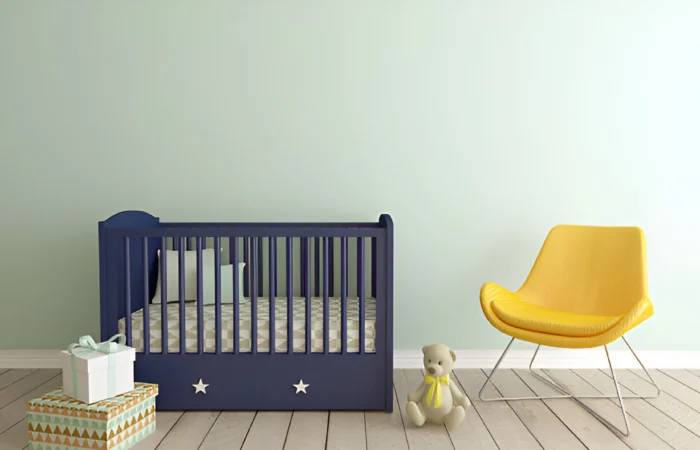

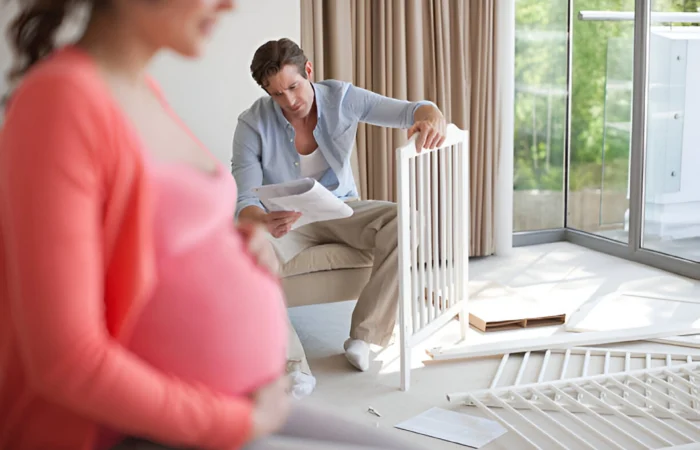


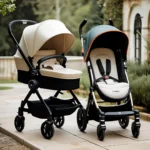
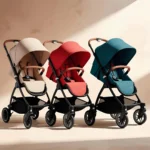
Leave Your Comment: